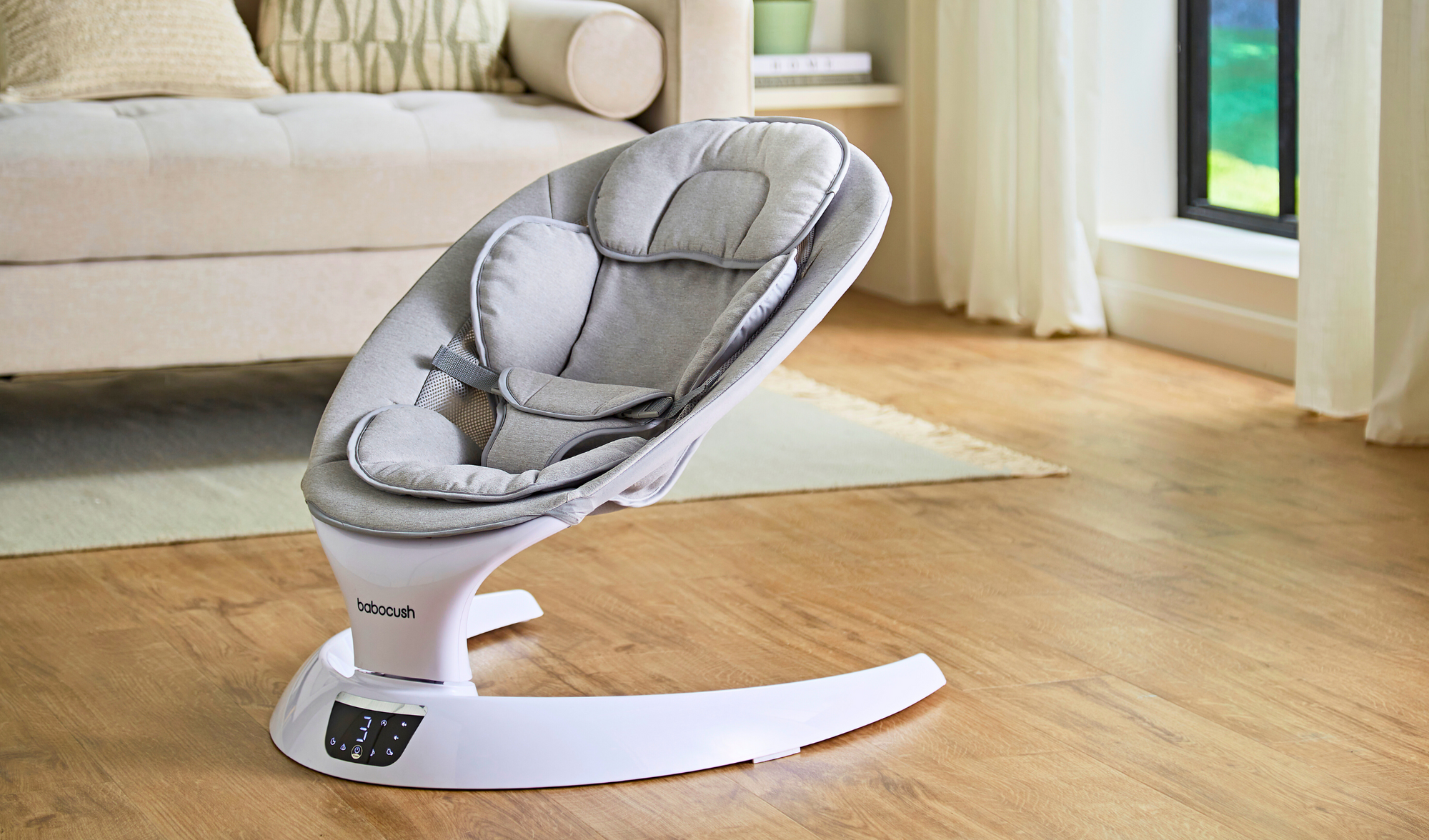Many newborns have a flattened area on the side or back of their heads. This is known as plagiocephaly or flat head syndrome. It can happen in the womb or by the baby's head resting in the same position on everyday objects like a mattress or car seat. Continue reading to discover more about plagiocephaly, why it occurs, and how to prevent it.
What is Flat Head Syndrome?
Flat head syndrome or plagiocephaly is when a flat spot develops on the back or side of a baby’s head. This condition may make the head appear lopsided. Some claim that the skull seems to be shaped like a parallelogram when viewed from above.
A baby's skull bones don’t fuse and harden until several months after birth. The soft, malleable bones of a new born baby’s skull provide room for the young brain to develop and make the passage through the birth canal easier. A baby's head can change shape due to the side and fragile bones. Being in the same position while sleeping or lying down frequently is a common cause of flat head syndrome.

The two types of Flat Head Syndrome
There are two types of plagiocephaly: positional plagiocephaly and congenital plagiocephaly.
Positional plagiocephaly, also called deformational plagiocephaly, occurs when a baby’s head is flattened on one side, causing it to look asymmetrical and distorted. For example, the ears may be misaligned and the head shape may look like a parallelogram from above. This is the most common type of flat head syndrome and can affect up to 50% of babies.
Congenital plagiocephaly, also known as craniosynostosis, occurs in one in 2000 births. Craniosynostosis is a condition in which one or more of the fibrous sutures in a young infant's skull prematurely fuses by turning into bone (ossification), thereby changing the growth pattern of the skull. This can result in an abnormal head shape and abnormal facial features.
What are the causes of Flat Head Syndrome?
Positional plagiocephaly is when a baby frequently sleeps on their back, causing a flat patch on the back of the skull to appear. Craniosynostosis, a disorder in which the joints (sutures) between an infant's skull bones grow together too soon, is the cause of congenital plagiocephaly.
If congenital plagiocephaly develops without any other symptoms, the causes are frequently unclear. It may be a component of a hereditary disease involving symptoms and issues in other body areas, including Pfeiffer syndrome or Crouzon syndrome.
What complications can Flat Head Syndrome lead to?
In most cases, positional plagiocephaly does not usually cause serious complications. It is not a major cause for concern, as it does not affect the brain and the head shape will often improve over time. Your baby will not experience any pain, other symptoms, or problems with their general development.
Although congenital plagiocephaly, which is caused by craniosynostosis, is left untreated, it can lead to serious complications, including:
- Head deformities, possibly severe and permanent
- Increased pressure inside the head
- Seizures
- Developmental delay
How to prevent Flat Head Syndrome
You won’t be able to prevent all incidences of plagiocephaly, but there are some things you can do to reduce your child’s risk of some types of positional plagiocephaly:
- Alternate your baby's sleeping position daily (one day, face their head to the left, the next to the right, and so on). However, unless otherwise directed by your baby’s doctor, always put your baby to sleep on their back.
- Give your baby supervised tummy time. Start with 2 to 5 minutes of tummy time, 2 to 3 times per day and gradually build up the time as your little one is happier and strong enough to be in this position. Work up to 40 to 60 minutes of tummy time per day. It can be a struggle to give a newborn baby enough tummy time - laying them on a play mat just feels wrong; it looks unnatural and uncomfortable. Babies sometimes develop a flattened head when they're a few months old, usually from sleeping on their backs.
- Hold your baby upright instead of placing them in their crib, car seat, or baby swing when you can.
- Change feeding positions. For instance, switch to your left if you bottle-feed your baby while nestled in your right arm. There are also different positions to place your baby in if you are breastfeeding.

How The Babocush Can Help With Flat Head Syndrome
By reducing the amount of time your baby lies flat on their back, the babocush allows your baby to not only strengthen their neck, back and torso muscles but to prevent skull problems too. To see how the babocush can help your baby, visit our website.


